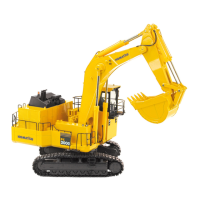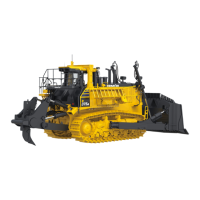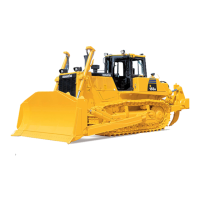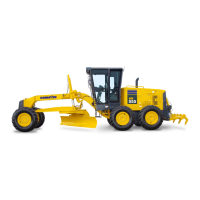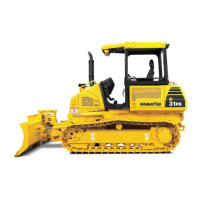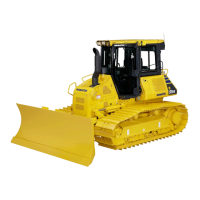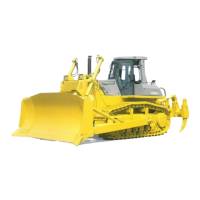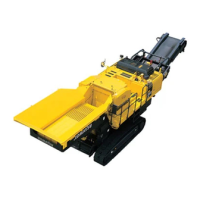2-84
14. COLD WEATHER OPERATION
14.1.3 BATTERY
WARNING
‡ The battery generates flammable gas. Do not bring fire or
sparks near the battery.
‡ Battery electrolyte is dangerous. If it gets in your eyes or on
your skin, wash it off with a large amount of water and
consult a doctor.
‡ Battery electrolyte dissolves paint. If it gets on the bodywork,
wash it off immediately with water.
‡ If the battery electrolyte is frozen, do not charge the battery
or start the engine with a different power source. There is
danger that the battery may explode.
‡ Battery electrolyte is toxic. Do not let it flow into drainage
ditches or spray it on to the ground surface.
When the ambient temperature drops, the capacity of the battery
will also drop. If the battery charge ratio is low, the battery electro-
lyte may freeze. Maintain the battery charge as close as possible to
100%. Insulate it against cold temperature to ensure the machine can
be started easily the next morning.
REMARK
Measure the specific gravity and calculate the charging rate from
the following conversion table.
Electrolyte
Temperature
(°C) 20 0 –10 –20
Charging
Rate (%)
100 1.28 1.29 1.30 1.31
90 1.26 1.27 1.28 1.29
80 1.24 1.25 1.26 1.27
75 1.23 1.24 1.25 1.26
‡ As the battery capacity drastically drops in low temperatures,
cover or remove the battery from the machine, store the battery
in a warm place, and install it again the next morning.
‡ If the electrolyte level is low, add distilled water in the morning
before beginning work. Do not add water after the day’s work to
prevent diluted electrolyte in the battery from freezing during the
night.
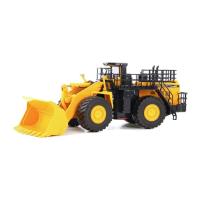
